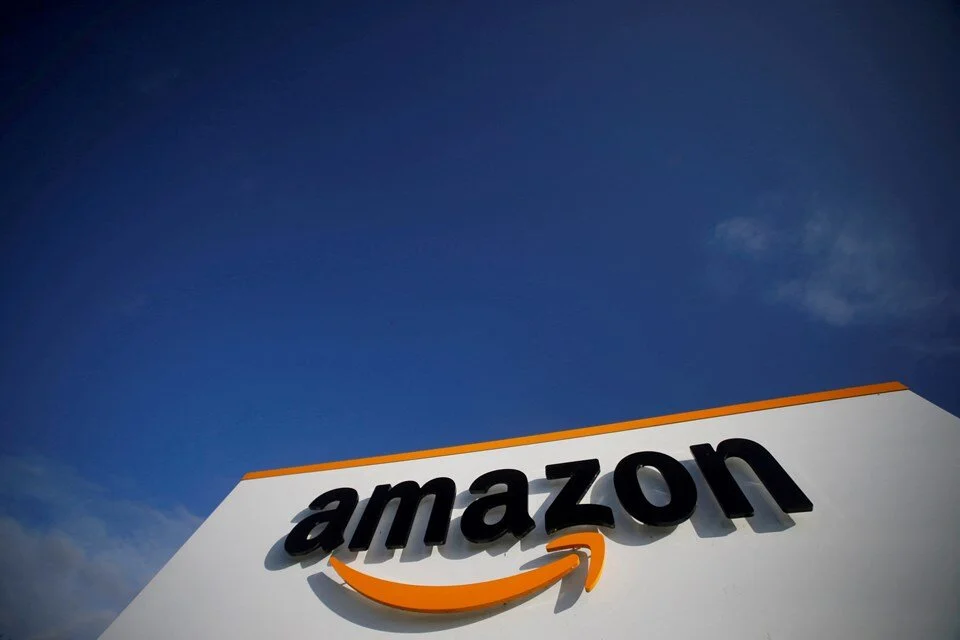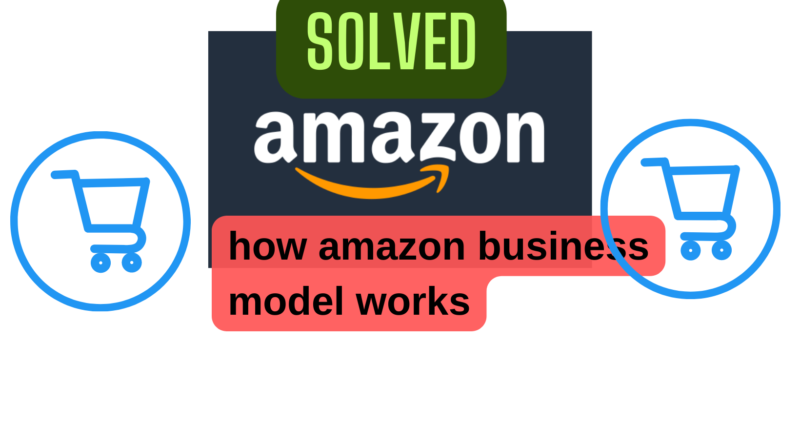How the Amazon Business Model Works
Amazon is renowned for its complex business model. They have expanded into various fields including physical retail, cloud services, subscription apps and advertising – with their main revenue streams coming from eCommerce platform Amazon AWS as well as physical stores as well as subscription services like Prime membership fees or third-party seller commissions. Furthermore, new technologies such as Amazon Go are currently under development to transform retail experiences.
Amazon has earned its stellar reputation with low prices and fast, reliable service. Amazon has invested heavily in developing an enormous operating network to meet consumer demand; warehouses and fulfillment centers store, package, ship and deliver its items directly to customers; while its technological infrastructure manages website, app, developer tools as well. Their strategy involves using data to anticipate customer needs in order to provide exactly the products at a reduced cost.

Amazon strives to keep its edge in the market by continuously exploring new Amazon business model. opportunities. They don’t shy away from taking risks and investing in projects that may fail; these experiments have produced both duds like Fire Phone and Amazon Auctions as well as successful products such as Kindle, Echo and Prime.
Amazon has developed an expansive digital ecosystem beyond its marketplace and online stores, including AWS (Amazon Web Services), retail locations, delivery stations and more. AWS business is rapidly growing while also attracting many recognizable clients like Google and Microsoft.
AWS business by Amazon Web Services (AWS) provides various IT services to Amazon business model.. This includes storage, database and analytics capabilities delivered over either public or private clouds. AWS also hosts an online marketplace where Amazon business model. can buy, sell or rent IT resources; its scalable infrastructure enables it to simultaneously service a high number of users without diminishing service quality.
Amazon’s pricing algorithm is tailored to make customers believe that they have found the lowest prices possible by offering steep discounts on many common products while increasing the prices of rare ones. This strategy has proven very successful for Amazon, even surpassing Walmart as a leader of low prices.
Amazon’s massive sales and revenue stream have allowed it to invest freely in building an international distribution center network and warehouses. While this strategy has drawn criticism, proponents argue it will eventually help increase profits significantly and be worthwhile investments.
Amazon business models such as wholesale are increasingly popular, as this entails purchasing goods at wholesale prices from retailers or suppliers and selling them through Amazon at higher prices. Although this method requires significant upfront capital investment in stock and can take time to yield profits, new sellers should select an ideal product before undertaking this Amazon business model.




